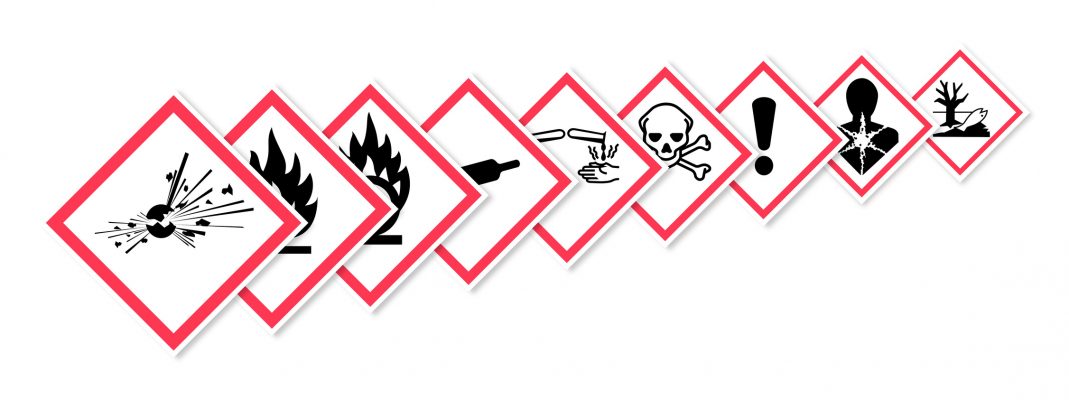Substances that need to be listed in the safety data sheet
Section 3 contains fixed guidelines for the substances that need to be listed in the safety data sheet. I have heard all kinds of rumours about this topic.
A popular rumour is that only ingredients with GHS hazard symbols need to be listed. However, this is not the case. Besides the properties of the ingredient, the information which needs to specified also depends on the mixture itself!
All of this is described in the REACH Regulation, Annex II, Part A, 3.2.
Dependence on the mixture classification
This is where it gets tricky. While the mixture classification looks at all hazards associated with the mixture, only health and environmental hazards are considered when it comes to substances.
For mixtures, the following distinction is made:
- Mixtures without classification according to the CLP Regulation (Section 2.1)
- Mixtures with classification according to the CLP Regulation, regardless of the classification
Substances that need to be listed in the safety data sheet
If the mixture itself has no classification, the following rules apply:
For liquids / solids, all substances whose percent by weight of the total mixture is equal to or higher than 1.0 percent by weight and which:
- are themselves classified under health or environmental hazards.
- have an EU occupational exposure limit value.
This only addresses occupational exposure limit values, not biological limit values. The same requirements apply to gases, but here already from 0.2 % by volume.
This concludes the classifications and limit values, but there is another mandatory category that needs to be specified – substances with PBT and/or vPvB properties that are present at 0.1 % or above. This in turn does not depend on weight or volume percentages.
If the mixture itself is classified, everything looks different. Suddenly cut-off values and specific concentration value apply – not surprising then that SDS manufacturers can get confused. If I’m asked about a specific SDS, I always like to have a read through the REACH Regulation to be sure I haven’t overlooked anything.
But let’s start at the beginning:
An ingredient needs to be included if it has at least one health hazard or environmental hazard, unless the concentration is lower than the cut-off value. If a specific limit value exists and is lower than the cut-off value, then this will apply instead – which makes sense. For environmental hazards, the M-factors are treated in the same manner.
To come back to the popular assumption that the use of pictograms is enough: Substances corrosive to metal with pictogram, for example, would not need to be declared directly.
Where an EU occupational exposure limit value is in place, the ingredients also have to appear in Section 3 – even is they do not pose a risk according to the CLP Regulation. What is interesting here is that no minimum concentration is stated. This makes for a popular and easy method of checking for correctness, by checking the limit values in Section 8 against the substances in Section 3.
PBT and/or vPvB substances also have to be specified, in exactly the same manner as for mixtures without classification.
Conclusion
Apart from classification and limit values, there are other reasons why substances need to be declared in the safety data sheet. If an ingredient has an EU limit value or PBT/vPvB properties, this may also result in an obligation to list the ingredient.
On a general note it should also be mentioned that: You can always declare all substances if you find the rules are too cumbersome. It is hardly surprising then to come across no risk substances in Section 3 in a few safety data sheets.
Sources: Regulation (EC) No. 1907/2006 (REACH Regulation), consolidated version, as of 10/10/2017
Regulation (EC) No. 1272/2008 (CLP Regulation), consolidated version, as of 01/06/2017

